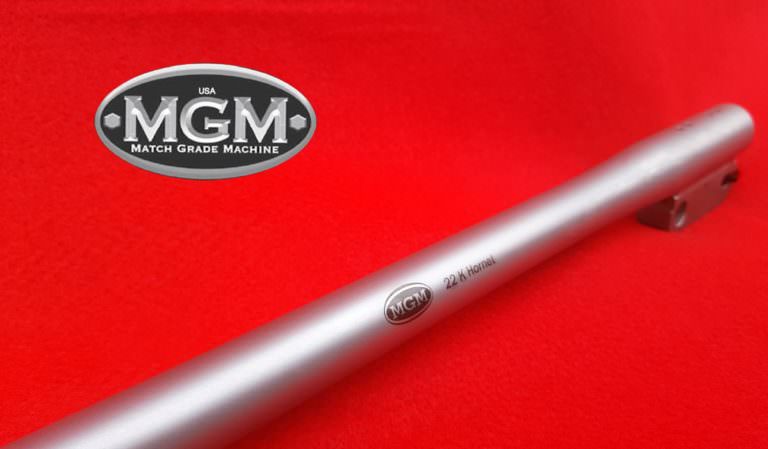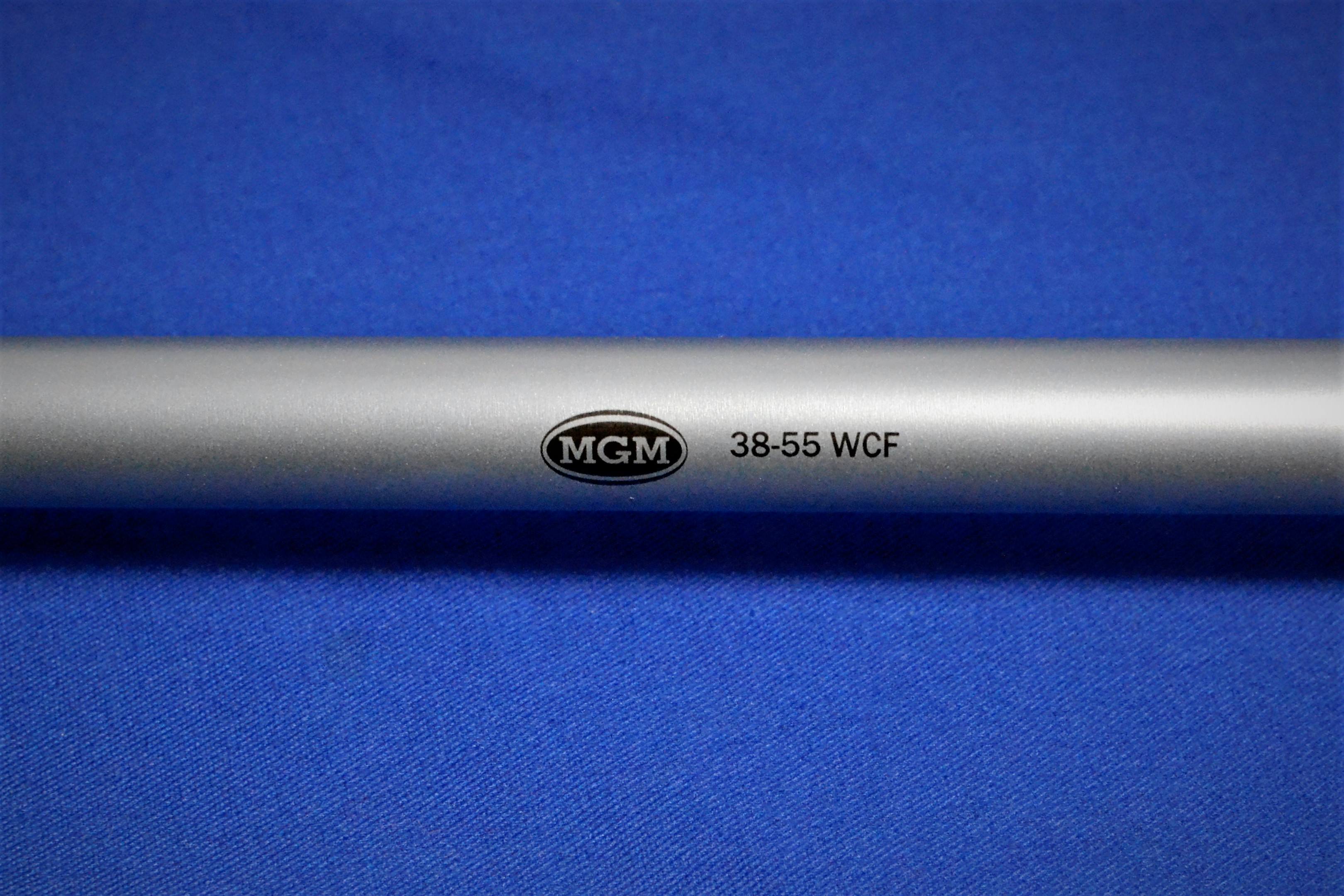
You cannot hope to avoid potential mishap if you really do not have more information on the chemical and physical requirements of the steel the person is discussing.īrake Die Steel – Generally, a high quality carbon or alloy, appropriate for dies, that may be, or is, hardened. In reality these are generic descriptions without reference to defined requirements and properties, at best they are like answering someone’s question regarding the location of your pending vacation by responding “Up North.”įrom my experience, and from a supplier’s point of view, the only real commonality they have is the suggestion of liability. While they may have a specific meaning to someone (esoteric), they do not have a defined meaning to everyone (ubiquitous in certain industries). What do these mean? Brake Die, Gun Barrel or Rifle Stock, Pump Shaft Straightness, Boat Shaft, Food Service Grade Stainless, Cold Roll, “Ultrasonic Inspect to 388, (and even FDA approved). Let’s begin this post with two of my favorite words Ubiquitous (everywhere, like raindrops during a storm), and, Esoteric (known by a select small group of people). Rhino-Tuf® EZ Drilling, Forming, and Welding.Kromite® CD Hardness and Strength Comparison Chart.Kromite® #3 and Mirraloy® TGP Welding Guidelines.Kromite® #3 and Mirraloy® TGP Machining Guidelines.
#Gun barrel steel grades series
Kromite® #3 and Mirraloy® TGP vs AISI 4100 Series Comparison Chart. Cencor™ Stainless TGP Machining Guidelines. ASC2250® LDX Fatigue, Pulsating Testing Data. ASC2250® LDX General Corrosion Resistance Data. ASC2250® LDX Caustic Solution Corrosion Testing Data. ASC2250® LDX vs 300 Series vs 400 Series Stainless. Workwear™ 14 (11-14% Manganese) Wear Plate & Wear Bar. Rhino-Klad™ Clad Plate – Chromium Carbide Overlay. ASC2250® LDX (Lean Duplex) TGP Stainless. Mir50® Bushing Stock (Custom 450 mod.) Rough Turned Stainless. Mir50® (Custom 450 mod.) Non-Galling, TGP, PSQ Stainless. Kromite® Econo-Finish (4140/4142 mod.) Decarb-Free. Redi-Rail® (Formerly Kromite® CD60) Custom Wear Rail. To discuss pricing details, request a quote. For additional information about our 4140 steel offerings, contact us today. Its toughness, fatigue and torsional strength, and abrasion and impact resistance, making it ideal for demanding applications.īy working with an extensive network of reliable mills, processors, and material suppliers, we can supply our customers with high-quality steel products. Looking for a supplier of 4140 steel for your next project? Bergsen Metals is here to help! We offer 4140 cold finished annealed steel. Understanding the differences between them will help you choose the one that is best suited for your needs. Typical uses include:Ĥ140 Cold Finished Annealed Steel From Bergsen Metalsīoth 41 steel offer numerous advantageous characteristics that make them suitable for use in industrial and commercial applications. Typical uses include:Ĥ140 steel is also employed in many industries, including aerospace, agriculture, automotive, defense, and oil and gas. 4340Ĥ340 steel is used in a wide range of applications across various industries, including aerospace, automotive, and tooling. Given their unique characteristics, these two steel alloys are often used for separate purposes. However, since it does not contain nickel, it less hard and more susceptible to fracturing. Similar to 4340, 4140 steel is highly strong, which is a result of its chromium and molybdenum content. Formability, machinability, and heat treatability. These characteristics come from the fine and equal dispersion of carbides within its structures. 4340Ĥ340 steel is known for its strength and toughness. 4140 Steelĭue to their difference in chemical composition, 43 have some similar and some different properties. One of the most significant differences between the two metals is the inclusion of nickel in 4340 steel, which accounts for the metal’s greater strength and fracture toughness. However, 4340 has more carbon, while 4140 has more chromium. They also have approximately the same amount of molybdenum (at 0.20–0. See the table below for further details.Ĥ340 steel and 4140 steel have equal traces of sulfur, phosphorus, and silicon. While both 43 are steel alloys, they have slightly different makeups. Below, we highlight each material’s chemical composition, properties, and applications to help readers understand when to use them in their projects.Ĭhemical Composition of 4340 vs. Two of the most commonly used grades of steel are 41. 

Steel is available in many variations, each of which exhibits a unique combination of characteristics that make it suitable for different applications. Posted by Nicole on J8:49 pm | Leave a Comment






 0 kommentar(er)
0 kommentar(er)
